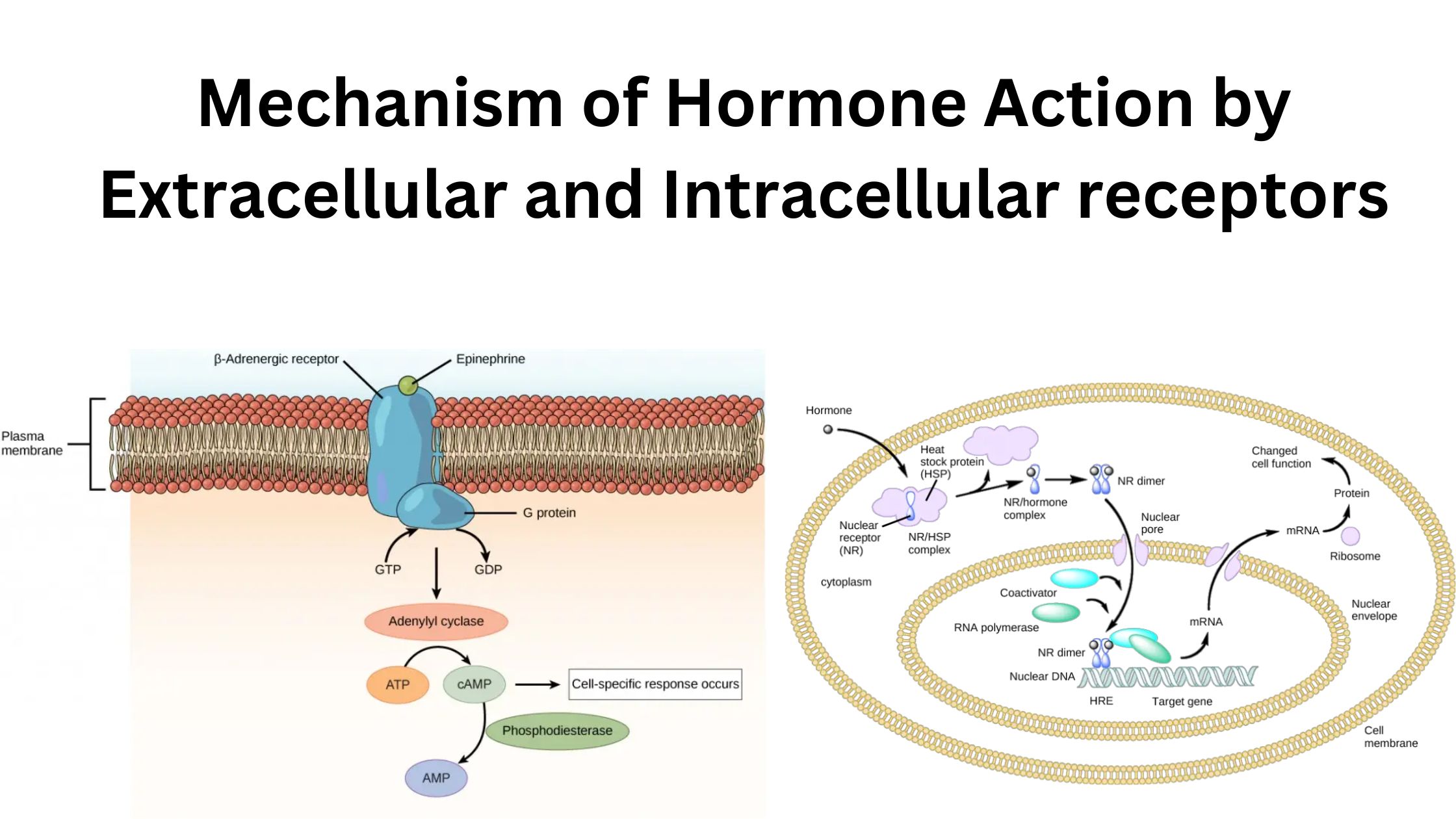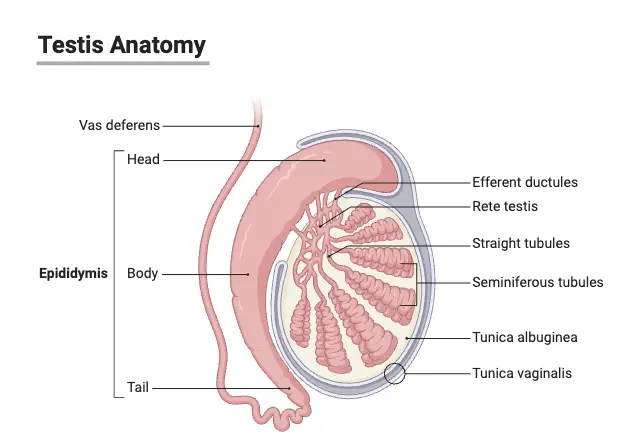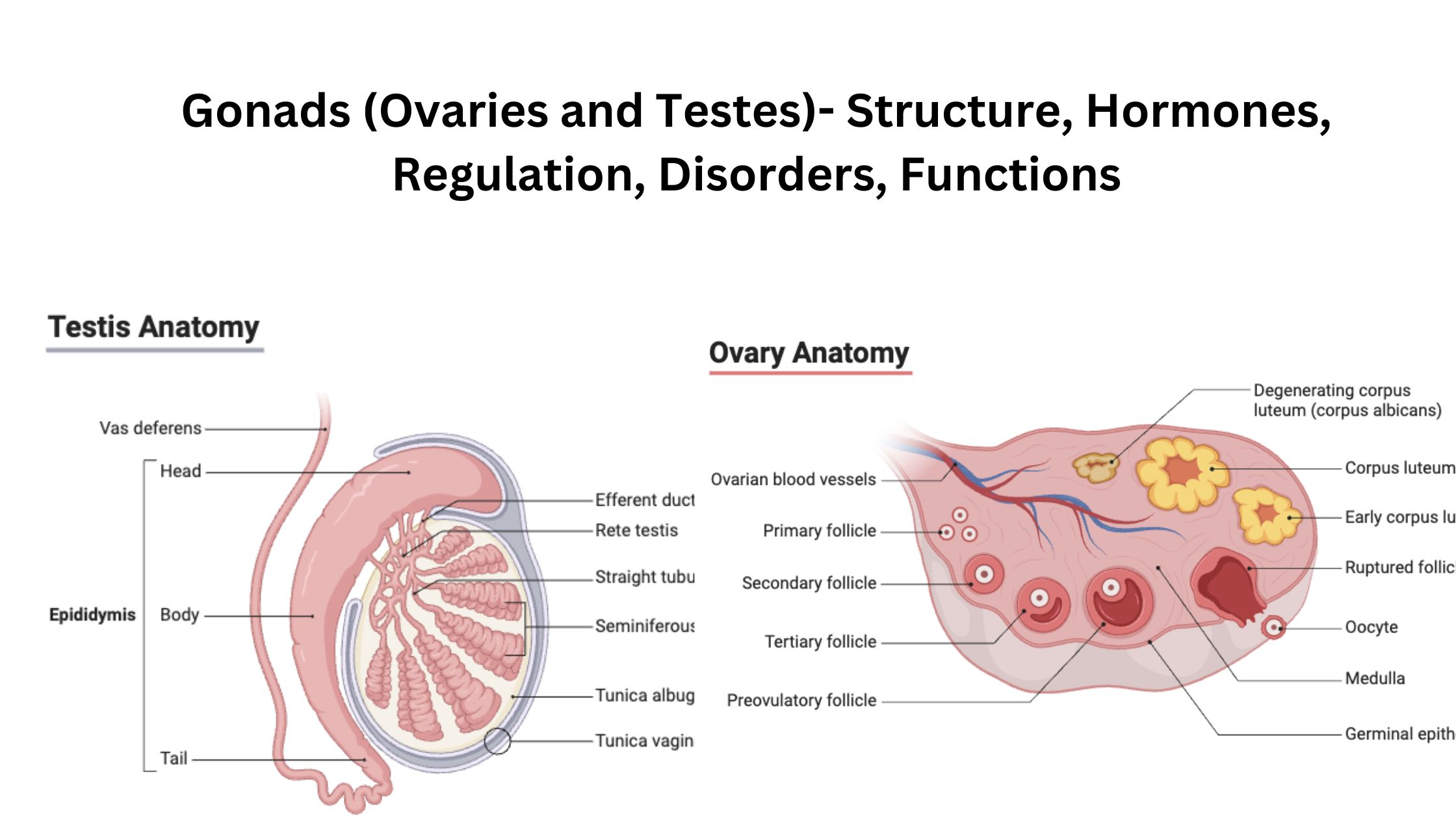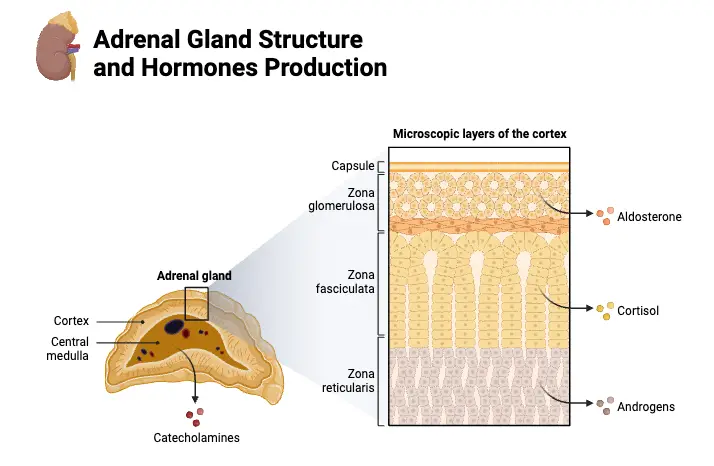Classification of Fish (pisces) – Systematic Classification and Based on feeding habit, habitat and manner of reproduction
What is Fish? General description of fish Fish are fascinating aquatic vertebrates characterized by their unique adaptations for life in water. They are distinguished by the absence of limbs with digits, opting instead for fins that facilitate swimming. As anamniotes, fish embryos develop without an amniotic membrane, a trait that differentiates them from tetrapods such … Read more








